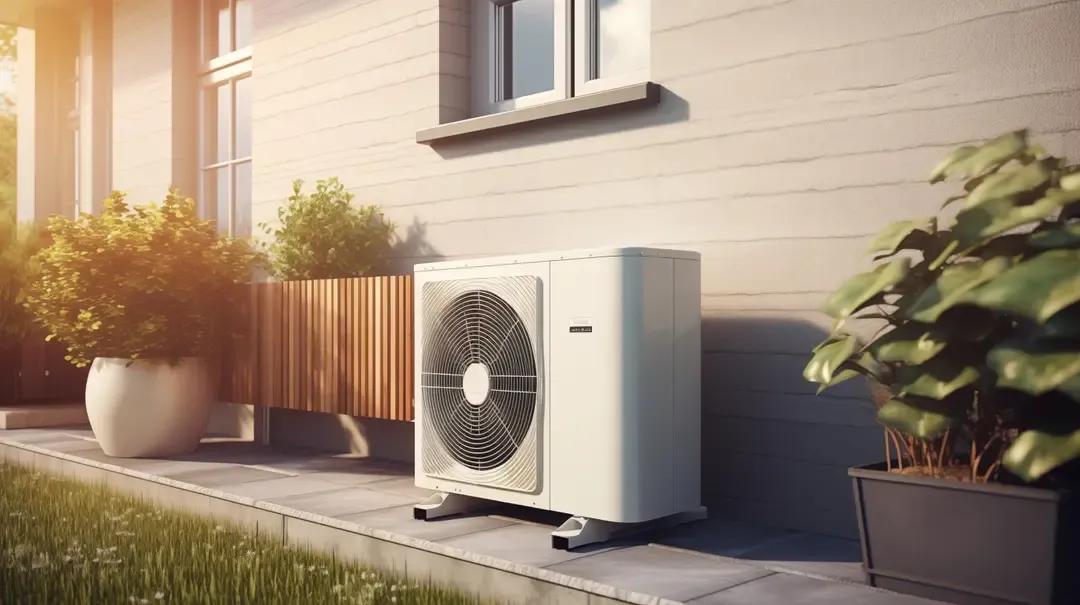Heat Pump Tax Credits Expiring Soon

Are you considering replacing your current heat pump system or buying one for the first time? Now might be the best time. Federal tax credits for energy-efficient upgrades, including heat pumps, are set to expire at the end of 2025. Here’s what you need to know.
What is a Heat Pump and How Does It Work?
Are you unfamiliar with heat pumps? A heat pump is an HVAC system that provides both heating and cooling for year-round comfort. It’s a more energy-efficient alternative to traditional HVAC systems that include a conventional gas furnace and air conditioning system.
In the warmer months, a heat pump operates similarly to a central air conditioner by pulling heat from the inside of your home and moving it outside. In the colder months, while operating in heating mode, heat pumps do the opposite, collecting heat from the outdoor air and moving it indoors. Unlike traditional heating systems such as gas furnaces, heat pumps do not require fossil fuels to create heat which makes them extremely environmentally friendly.
Heat Pump Tax Credits
As part of the Inflation Reduction Act, HVAC tax credits for qualifying heat pumps, air conditioners, furnaces, boilers, and other green home upgrades were originally set to expire at the end of 2032. However, in mid-July, Congress passed legislation that moved the deadline up by seven years.
That means to be eligible for a heat pump tax credit, the system must be installed no later than December 31. Heat pumps offer the highest credit potential compared to other HVAC systems.
- Heat Pumps (Air-Source): These are the most common type of heat pump found in homes. You can receive a tax credit of 30% of the project cost, up to $2,000. Heat pumps that are recognized as ENERGY STAR Most Efficient qualify.
- Geothermal Heat Pumps: You can claim a tax credit of 30% of the project cost, with no dollar limit on the total tax credit for qualifying units. To be eligible, the geothermal heat pump must be ENERGY STAR certified and use the ground or ground water as a thermal energy source for heating or as a thermal energy sink for cooling a home.
How to Claim a Heat Pump Tax Credit
To be eligible for an HVAC tax credit, your system must be installed in your primary residence. This excludes rental properties, vacation homes, and newly built homes.
When filing your taxes, you’ll need to complete IRS Form 5695 to claim the credit. If you use online tax preparation software, look for a section labeled “Home Energy Credits” or similar language under Deductions and Credits. The software will guide you through a series of questions and automatically fill out IRS Form 5695 for you.
Additionally, you should obtain a Manufacturer's Certification Statement for your heat pump system. This document, signed by the manufacturer, certifies that the product meets the efficiency standards required for the federal energy tax credit. While you don’t need to submit this statement with your tax return, it’s important to keep it for your records, especially in the case of an audit.